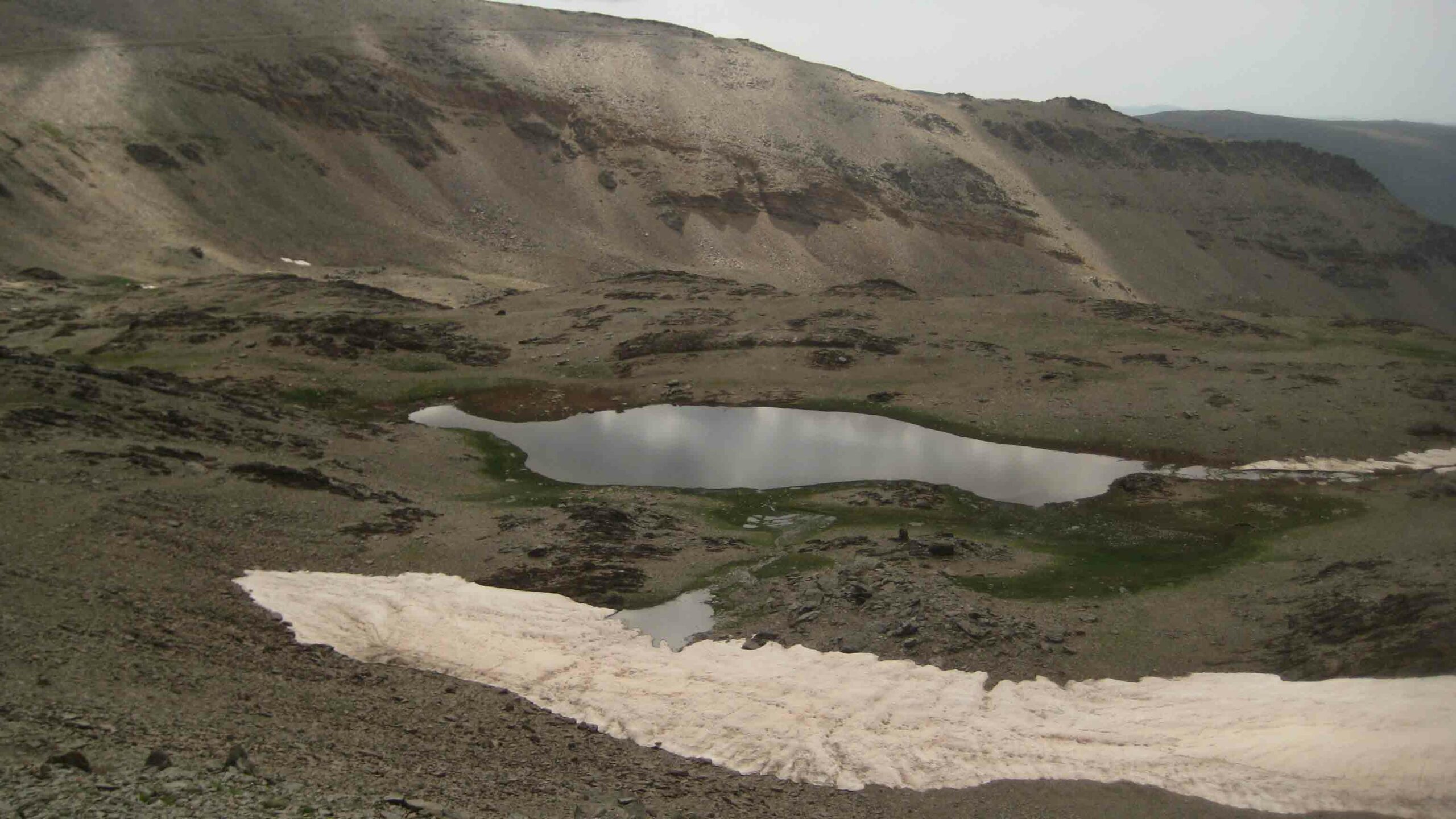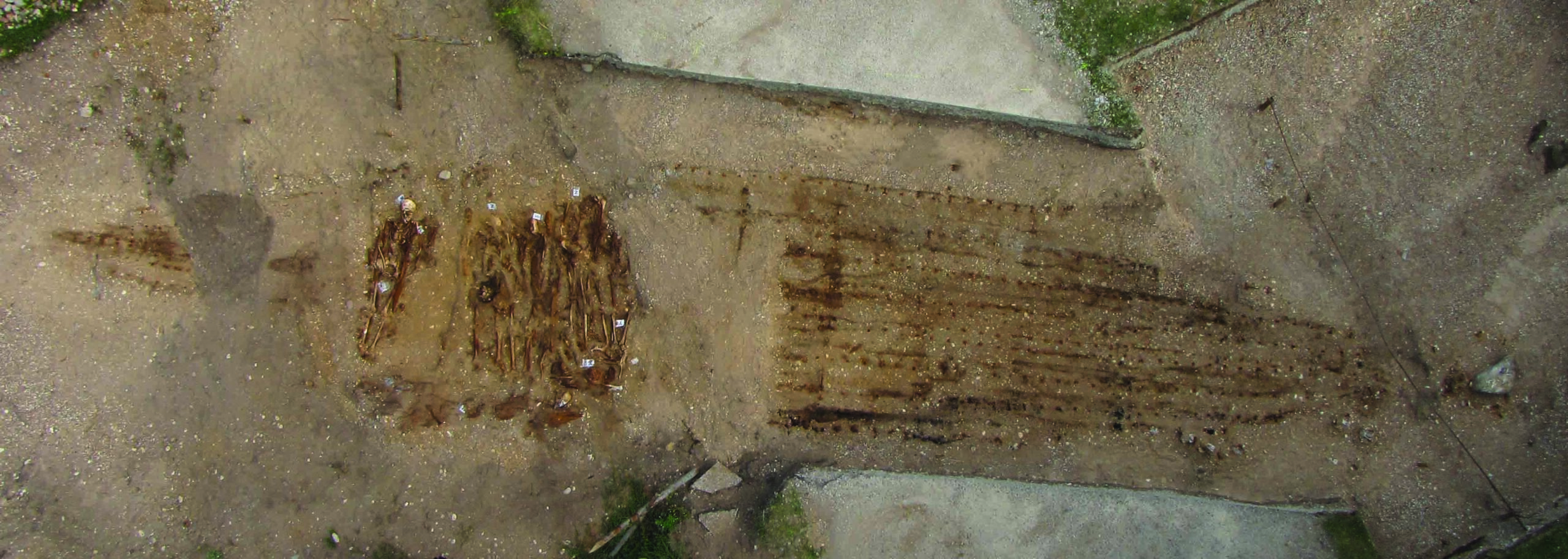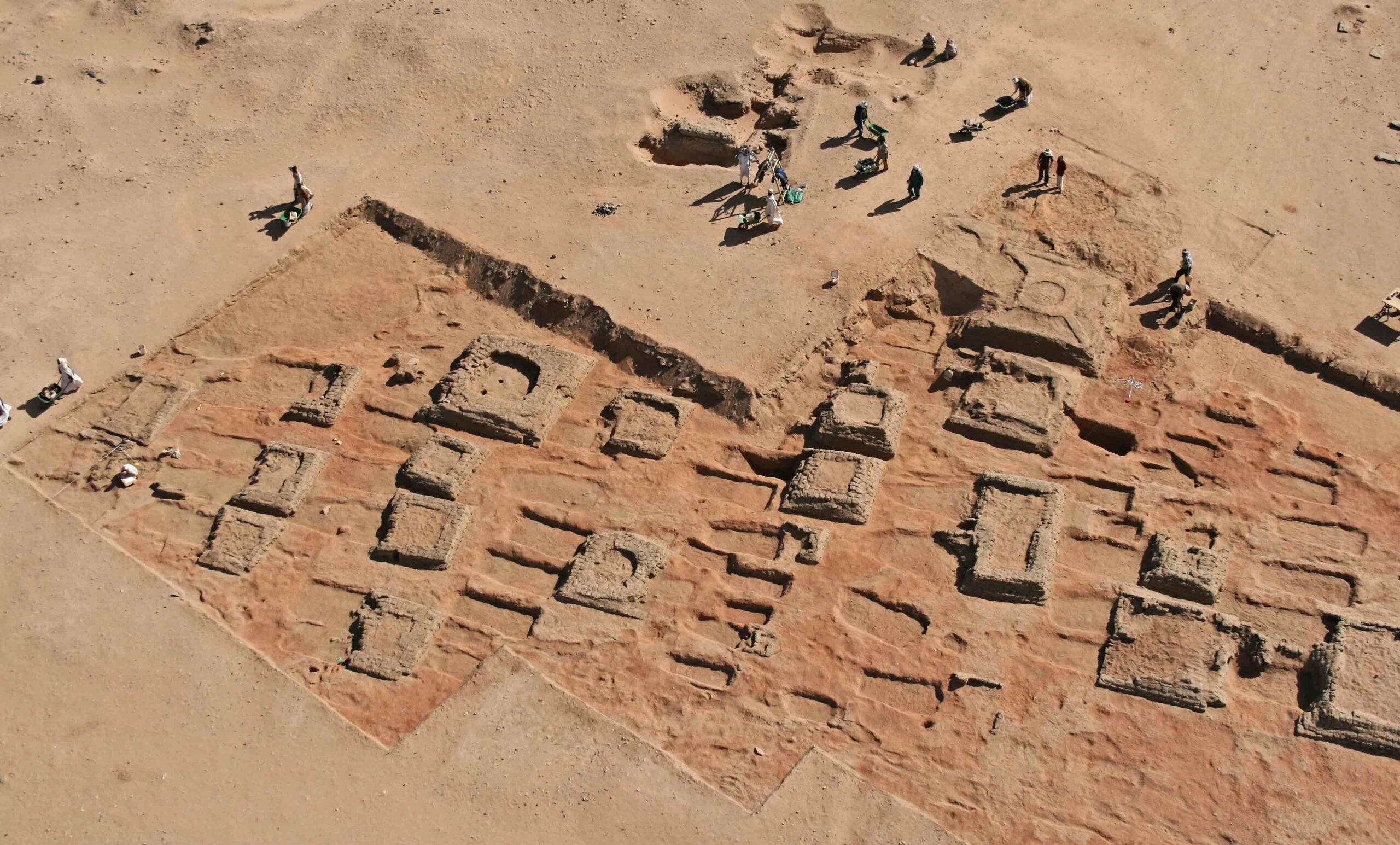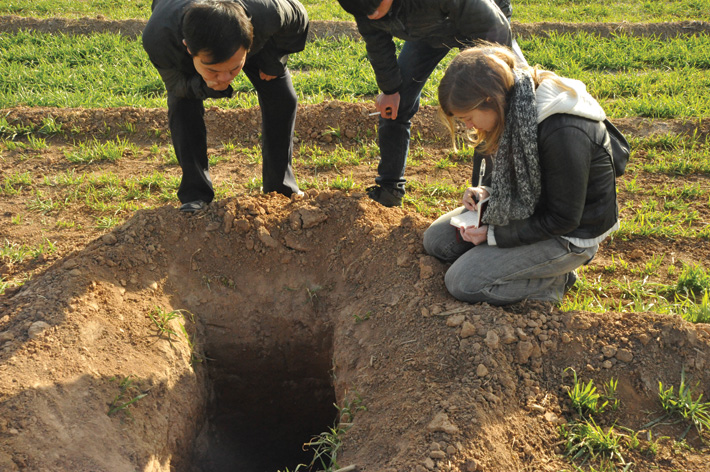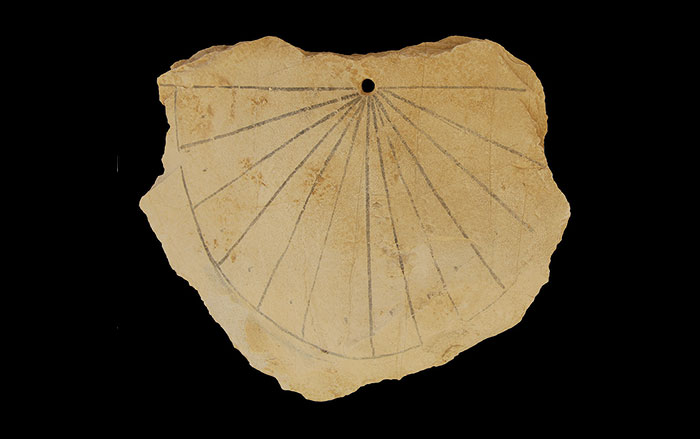
Researchers from the University of Granada collected mountain lake sediments from Laguna de Río Seco in southern Spain that had accumulated over 10,000 years, trapping deposits from the atmosphere. In these stacks of mud, they found fine layers of lead that reveal millennia of metalworking and migration, and may be the oldest evidence of air pollution in southern Europe. “[The mud] has been capturing the evolution of air pollution from the Neolithic to present times and giving us an idea of the activity of each of the populations that have passed through southern Iberia,” says team leader José Antonio Lozano, “such as the Phoenicians, Romans, Visigoths, Moors, and more.”
The team dates the first man-made uptick in pollution to between 3,900 and 3,500 years ago, which matches the appearance at nearby sites of coins, weapons, and decorations that, when made, left behind lead by-products. The lead records also attest to a quiet period, when mining moved elsewhere in Iberia, and to a spike corresponding with a period of Roman mining. But all those signals are dwarfed by a more modern surge, which the team attributes to the leaded gasoline in heavy use from the 1950s to the 1970s. The good news, the researchers report, is that present-day lead levels are already below those of the worst Roman deposits.


